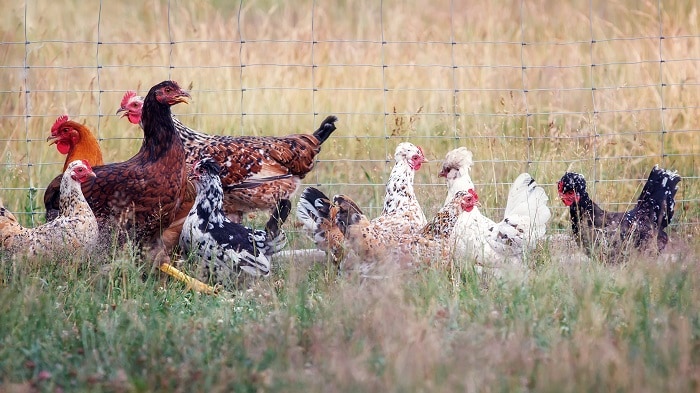What to know
CDC has sequenced the influenza virus genome identified in a conjunctival specimen collected from the person in Michigan who was identified to be infected with HPAI A(H5N1) virus and compared each gene segment with HPAI A(H5N1) sequences from cows, wild birds and poultry and the first human case in Texas.

Background
This is a technical summary of an analysis of the genomic sequence of the virus identified in the Michigan case of highly pathogenic avian influenza (HPAI) A(H5N1) virus infection. This analysis supports the conclusion that the overall risk to the general public associated with the ongoing HPAI A(H5N1) outbreak has not changed and remains low at this time. The genome of the virus identified from the patient in Michigan (A/Michigan/90/2024) is publicly posted in GISAID (EPI_ISL_19162802) and has been submitted to GenBank (PP839258-PP839265).
CDC Update
May 24, 2024 – CDC has sequenced the influenza virus genome identified in a conjunctival specimen collected from the person in Michigan who was identified to be infected with HPAI A(H5N1) virus and compared each gene segment with HPAI A(H5N1) sequences from cows, wild birds and poultry and the first human case in Texas. The virus HA was identified as clade 2.3.4.4b with each individual gene segment closely related to genotype B3.13 viruses detected in dairy cows available from USDA testing. No amino acid changes were identified in the HA gene sequence from the Michigan patient specimen compared to the HA sequence from the case in Texas and only minor changes were identified when compared to sequences from cows. These data indicate viruses detected in both cows and the two human cases maintain primarily avian genetic characteristics and lack changes that would make them better adapted to infect or transmit between humans. The genome of the human virus from Michigan did not have the PB2 E627K change detected in the virus from the Texas case but had one notable change (PB2 M631L) compared to the Texas case that is known to be associated with viral adaptation to mammalian hosts, and which has been detected in 99% of dairy cow sequences but only sporadically in birdsA. This change has been identified as resulting in enhancement of virus replication and disease severity in mice during studies with avian influenza A(H10N7) virusesB. The remainder of the genome of A/Michigan/90/2024 was closely related to sequences detected in infected dairy cows and strongly suggests direct cow-to-human transmission. Further, there are no markers known to be associated with influenza antiviral resistance found in the virus sequences from the Michigan specimen and the virus is very closely related to two existing HPAI A(H5N1) candidate vaccine viruses that are already available to manufacturers, and which could be used to make vaccine if needed. Overall, the genetic analysis of the HPAI A(H5N1) virus detected in a human in Michigan supports CDC's conclusion that the human health risk currently remains low. More details of this and other viruses characterized in association with the dairy cow outbreak are available in a previous technical summary.
- Thao-Quyen Nguyen, Carl Hutter, Alexey Markin, Megan Thomas, Kristina Lantz, Mary Lea Killian, Garrett M. Janzen, Sriram Vijendran, Sanket Wagle, Blake Inderski, Drew R. Magstadt, Ganwu Li, Diego G. Diel, Elisha Anna Frye, Kiril M. Dimitrov, Amy K. Swinford, Alexis C. Thompson, Kevin R. Snevik, David L. Suarez, Erica Spackman, Steven M. Lakin, Sara C. Ahola, Kammy R. Johnson, Amy L. Baker, Suelee Robbe-Austerman, Mia Kim Torchetti, Tavis K. Anderson Emergence and interstate spread of highly pathogenic avian influenza A(H5N1) in dairy cattle bioRxiv 2024.05.01.591751; doi: https://www.biorxiv.org/content/10.1101/2024.05.01.591751v1
- Zhang X, Xu G, Wang C, Jiang M, Gao W, Wang M, Sun H, Sun Y, Chang KC, Liu J, Pu J. Enhanced pathogenicity and neurotropism of mouse-adapted H10N7 influenza virus are mediated by novel PB2 and NA mutations. J Gen Virol. 2017 Jun;98(6):1185-1195. doi: 10.1099/jgv.0.000770. Epub 2017 Jun 8. PMID: 28597818.
